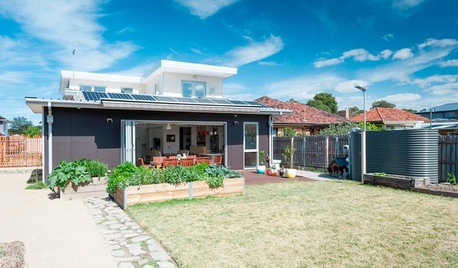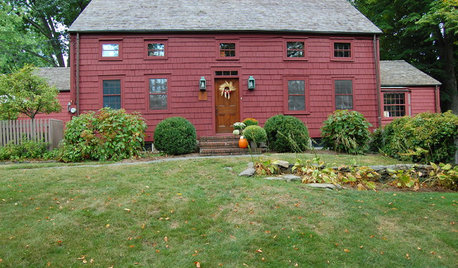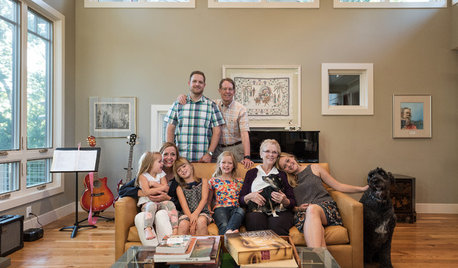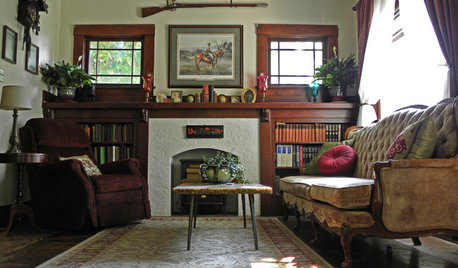Advice on pre-wiring new house for future generator
katmu
10 years ago
Featured Answer
Comments (17)
Ron Natalie
10 years agoionized_gw
10 years agoRelated Professionals
Worcester Electricians · Markham Electricians · Four Corners General Contractors · Kemp Mill General Contractors · Lakeside General Contractors · Montclair General Contractors · Pinewood General Contractors · Saint Paul General Contractors · Sterling General Contractors · Benicia Solar Energy Systems · Oakland Solar Energy Systems · Orinda Solar Energy Systems · Wakefield Solar Energy Systems · Flower Mound Home Automation & Home Media · Woodlawn Home Automation & Home Mediakatmu
10 years agoRon Natalie
10 years agoionized_gw
10 years agoweedmeister
10 years agokatmu
10 years agoionized_gw
10 years agokatmu
10 years agoionized_gw
10 years agoBruce in Northern Virginia
10 years agoweedmeister
10 years agodreamgarden
10 years agodudleydorightdad
10 years agobus_driver
10 years agomatchbookhouse
10 years ago
Related Stories

ORGANIZINGPre-Storage Checklist: 10 Questions to Ask Yourself Before You Store
Wait, stop. Do you really need to keep that item you’re about to put into storage?
Full Story
GREEN BUILDINGHouzz Tour: An Energy-Efficient Home for 3 Generations
This Australian house takes sustainability and accessibility to a new level
Full Story
ECLECTIC HOMESMy Houzz: A Pre-Revolutionary Home for a Modern Family
A dedicated DIYer mixes colonial style with today's comforts to create a meaningful home for 5
Full Story
KITCHEN DESIGNSmart Investments in Kitchen Cabinetry — a Realtor's Advice
Get expert info on what cabinet features are worth the money, for both you and potential buyers of your home
Full Story
HOUZZ TOURSMy Houzz: Making Room for 3 Generations
A Salt Lake City home creates privacy and independence for grandparents, parents, kids and dogs
Full Story
HOUZZ TOURSMy Houzz: 2 Generations Unite in an Oregon Craftsman
For the love of a little boy (and a few chickens), a resourceful family creates a multigenerational home infused with graciousness
Full Story
LIFEGet the Family to Pitch In: A Mom’s Advice on Chores
Foster teamwork and a sense of ownership about housekeeping to lighten your load and even boost togetherness
Full Story
DECORATING GUIDES10 Design Tips Learned From the Worst Advice Ever
If these Houzzers’ tales don’t bolster the courage of your design convictions, nothing will
Full Story
BATHROOM DESIGNDreaming of a Spa Tub at Home? Read This Pro Advice First
Before you float away on visions of jets and bubbles and the steamiest water around, consider these very real spa tub issues
Full Story
REMODELING GUIDESContractor Tips: Advice for Laundry Room Design
Thinking ahead when installing or moving a washer and dryer can prevent frustration and damage down the road
Full Story









ionized_gw